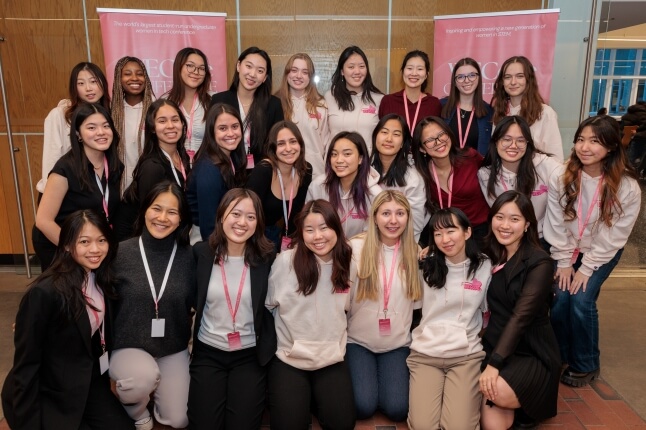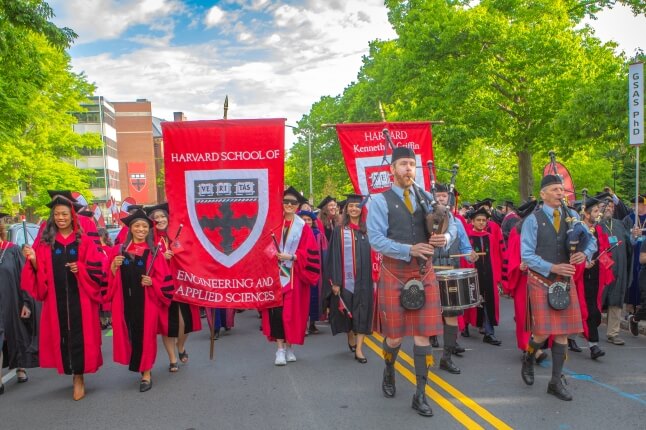News
Cherry A. Murray, Dean of the Harvard School of Engineering and Applied Sciences.
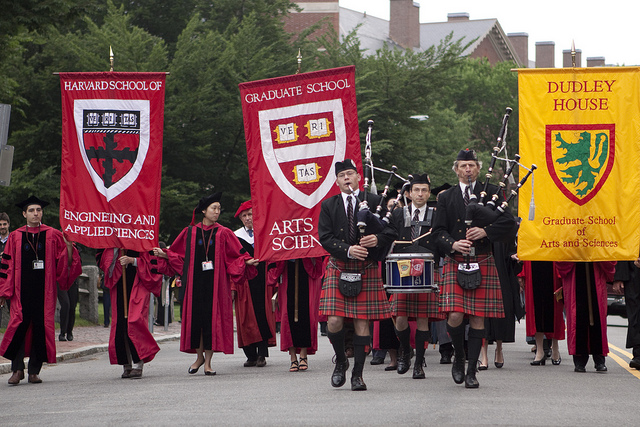
Summer 2010
President Obama appointed SEAS Dean Cherry A. Murray to serve on the National Commission on the BP Deepwater Horizon Oil Spill and Offshore Drilling.
Applied physicist Lene Hau, known for stopping light, was named World Dane 2010.
September 2010
 A lecture by world–famous chef Ferran Adrià kicked off the wildly popular new general education course "Science and Cooking: From Haute Cuisine to the Science of Soft Matter" (photo at right).
A lecture by world–famous chef Ferran Adrià kicked off the wildly popular new general education course "Science and Cooking: From Haute Cuisine to the Science of Soft Matter" (photo at right).
Student-created sOccket, a soccer ball that generates electricity, was honored with Popular Mechanics' Breakthrough Award.
Scot Martin and colleagues, “archaeologists of the air,” isolated pristine aerosol particles in the Amazon Basin.
October 2010
Graduate students and recent alumni won first, second, and third prizes at the 2010 Collegiate Inventors awards for their innovations in tissue engineering, genomics, and intracellular probing.
A collaboration between Harvard and Tsinghua University showed China’s progress toward highly publicized energy efficiency goals. Measurements of the ratio of CO2 to CO indicated a sharp improvement in industrial combustion efficiency.
November 2010
Michael Tinkham, a pioneer in superconductivity, passed away at the age of 82.
Zar Zavala '11 (engineering sciences & neurobiology) found out he had been chosen as a Rhodes Scholar, receiving the call on the field after the Harvard-Yale football game.
December 2010
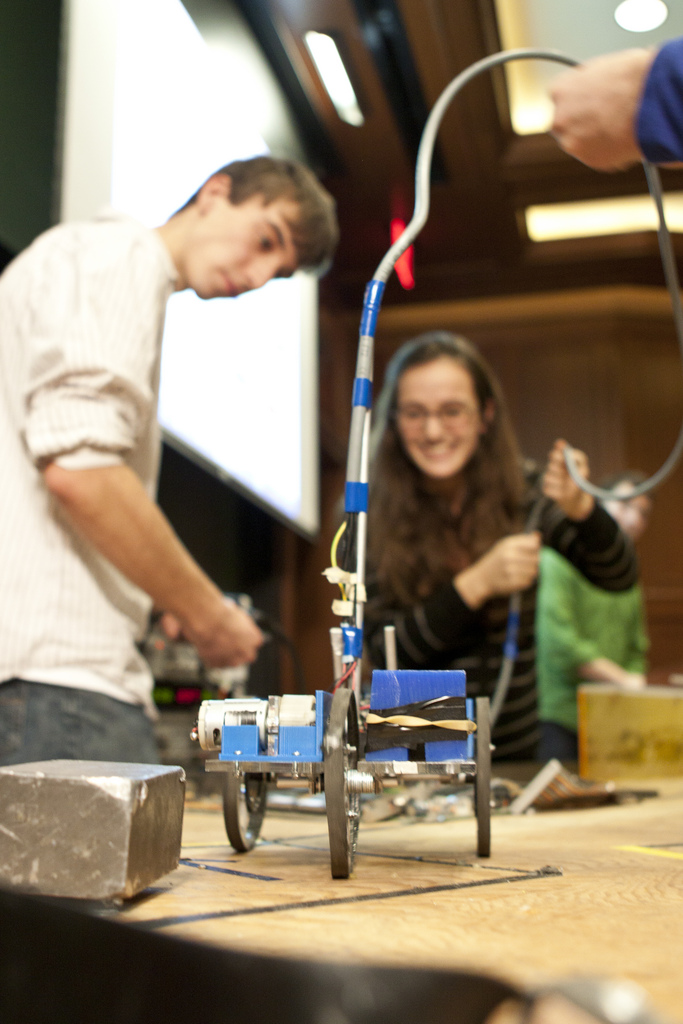 Students in ES 51, "Computer-Aided Machine Design," tested their final projects (remote-controlled cars built out of screwdriver parts) by racing them around an obstacle course (photo at right).
Students in ES 51, "Computer-Aided Machine Design," tested their final projects (remote-controlled cars built out of screwdriver parts) by racing them around an obstacle course (photo at right).
Undergraduates showcased unusual culinary projects, including glow-dark gummy bears and Parmesan noodles, at the first Science and Cooking Fair.
A collaboration between Harvard and Google created the innovative field of "culturomics."
January 2011
Optional Winter Activities Week: SEAS offered courses in rapid prototyping, science writing, Matlab and Mathematica, and microscopy and imaging.
Hack Harvard helped undergraduates’ web and mobile apps get off the ground with mentoring, teamwork, workshops, field trips, and funding.
Undergraduates and faculty at SEAS led a project to design and build a disaster relief shelter supported by large helium balloons.
A new undergraduate teaching lab for microfluidics opened in Pierce Hall, using simple and affordable techniques that were developed through an RET collaboration.
SEAS launched a new effort to focus on graduate education in applied computational science.
Computer scientist Kim Hazelwood '04 (Ph.D.) was named to Technology Review's TR35.
February 2011
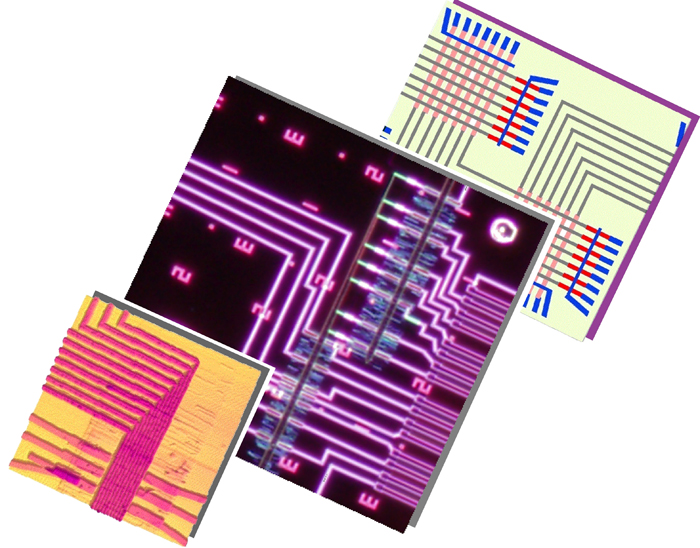 Researchers at Harvard and MITRE produced the world's first programmable nanoprocessor (photo at right).
Researchers at Harvard and MITRE produced the world's first programmable nanoprocessor (photo at right).
David Weitz and colleagues discovered that migrating cells flow like glass.
Applied physicists at Harvard, Princeton, and Brandeis demonstrated that clay-armored bubbles could have formed the first protocells, nurturing the essential molecules of life.
March 2011
Leslie Valiant won the 2010 ACM A. M. Turing Award, the so-called "Nobel Prize in Computing."
Student projects, including several from SEAS, won $50k in grants at the Harvard College Innovation Challenge.
Three SEAS grad students were selected to present new technology at the University Research and Entrepreneurship Symposium. Among the advances were the “Cathbot,” a multi-core voltage regulator, and a new biosensor.
ROTC returned to Harvard, with bioengineer/soldier Kit Parker heading the implementation committee.
April 2011
 Dean Cherry Murray helped to organize a symposium on “Privacy, Autonomy, and Personal Genetic Information in the Digital Age” (photo at right). The event, co-hosted by the American Academy of Arts and Sciences, comprised two panel discussions on the “promise and perils” of sharing genetic information.
Dean Cherry Murray helped to organize a symposium on “Privacy, Autonomy, and Personal Genetic Information in the Digital Age” (photo at right). The event, co-hosted by the American Academy of Arts and Sciences, comprised two panel discussions on the “promise and perils” of sharing genetic information.
Materials scientists at SEAS demonstrated the first macro-scale thin-film solid-oxide fuel cell.
A project to use dirt-powered batteries to charge cell phones in Africa won a $100,000 grant from The Bill & Melinda Gates Foundation. Aviva Presser Aiden '09 (Ph.D.) and colleagues will help to develop a microbial fuel cell-based charger that could be readily and cheaply assembled out of basic components to increase access to health care via mobile applications.
May 2011
Juniors taking the capstone engineering course ES 96 designed new products to help local organic farmers; others investigated a geothermal heating and cooling system at Radcliffe, providing new insight and recommendations.
Former SEAS Dean Venkatesh “Venky” Narayanamurti was appointed foreign secretary of the National Academy of Engineering.
Topics: Events
Cutting-edge science delivered direct to your inbox.
Join the Harvard SEAS mailing list.

